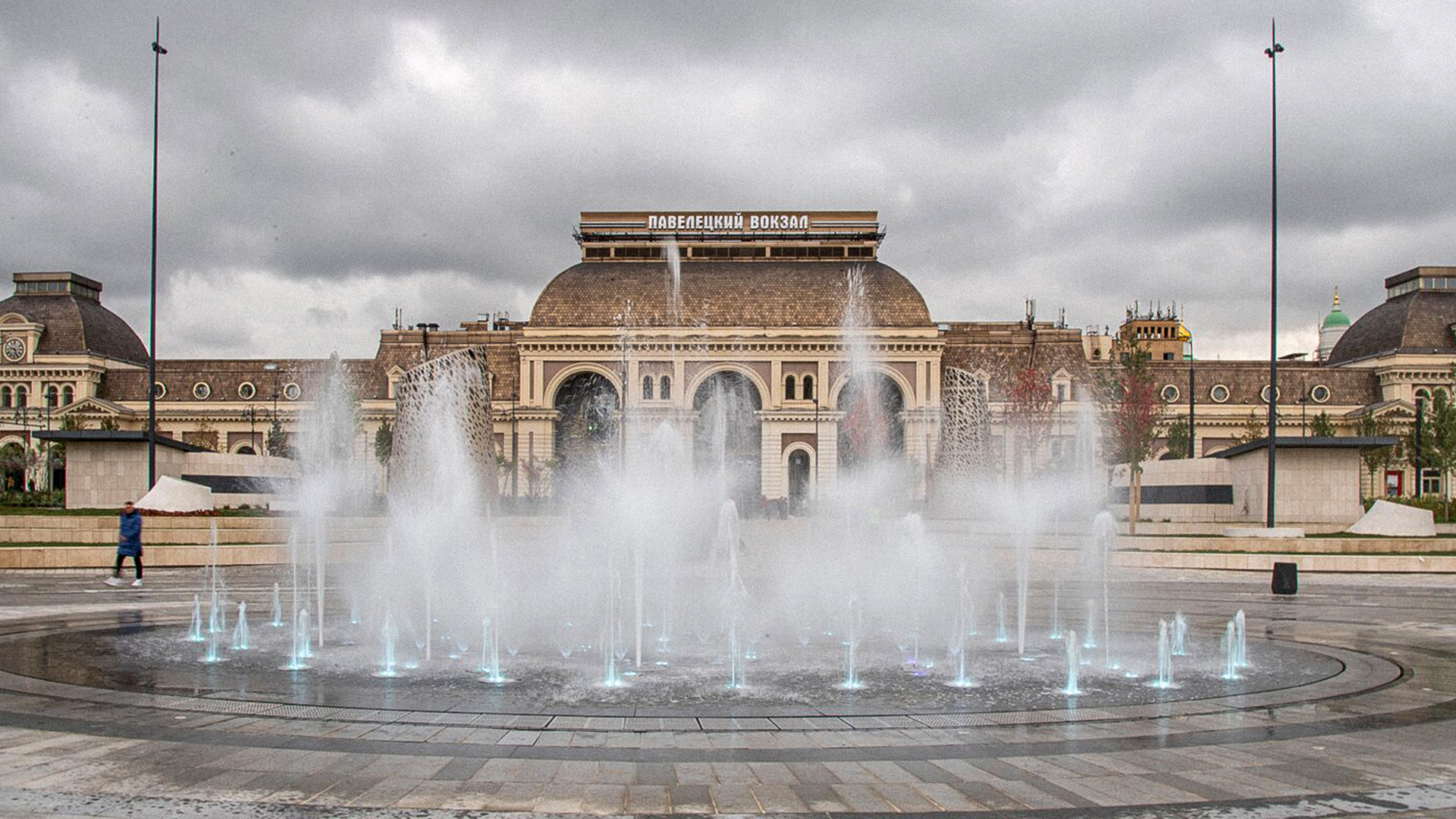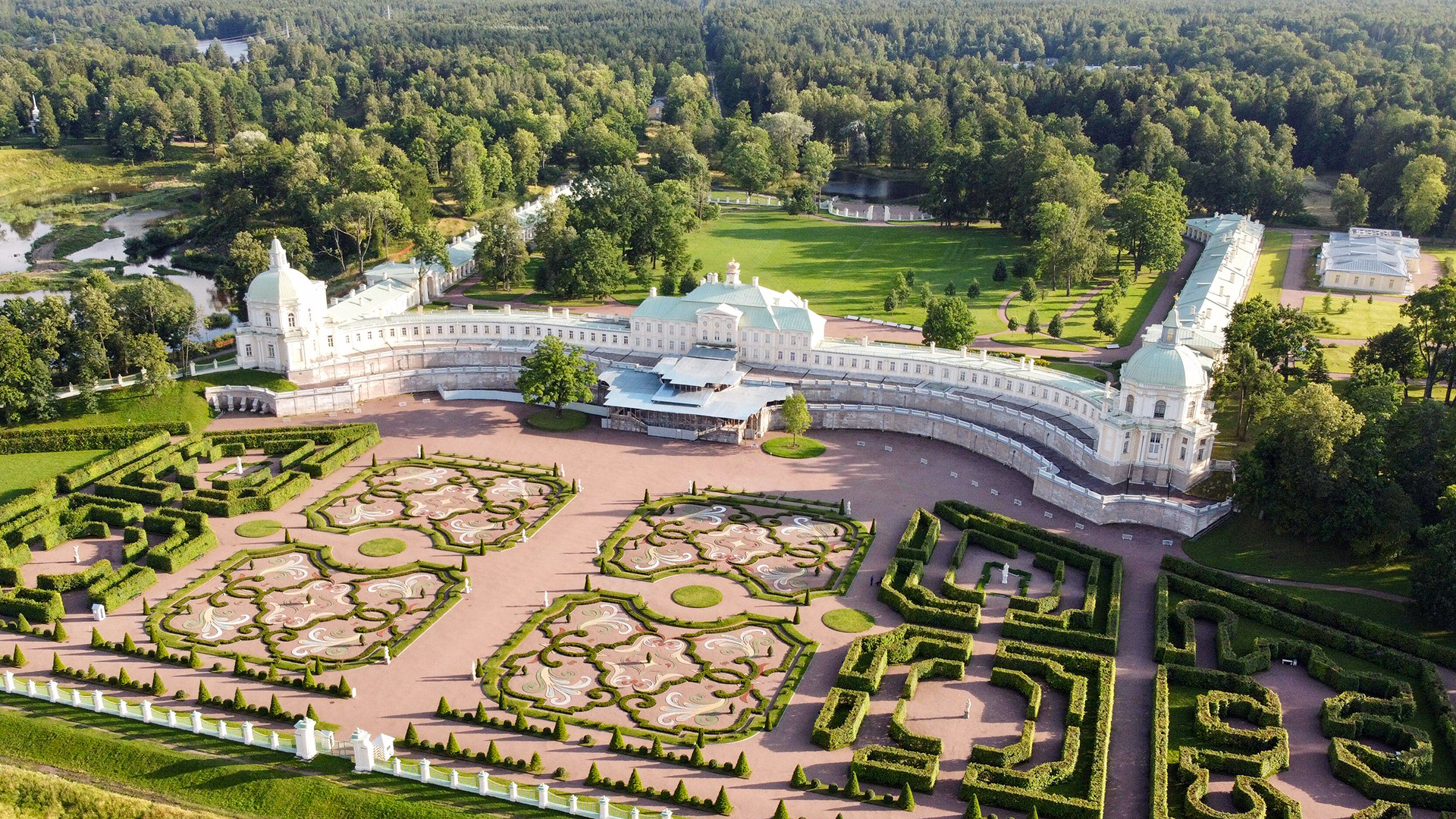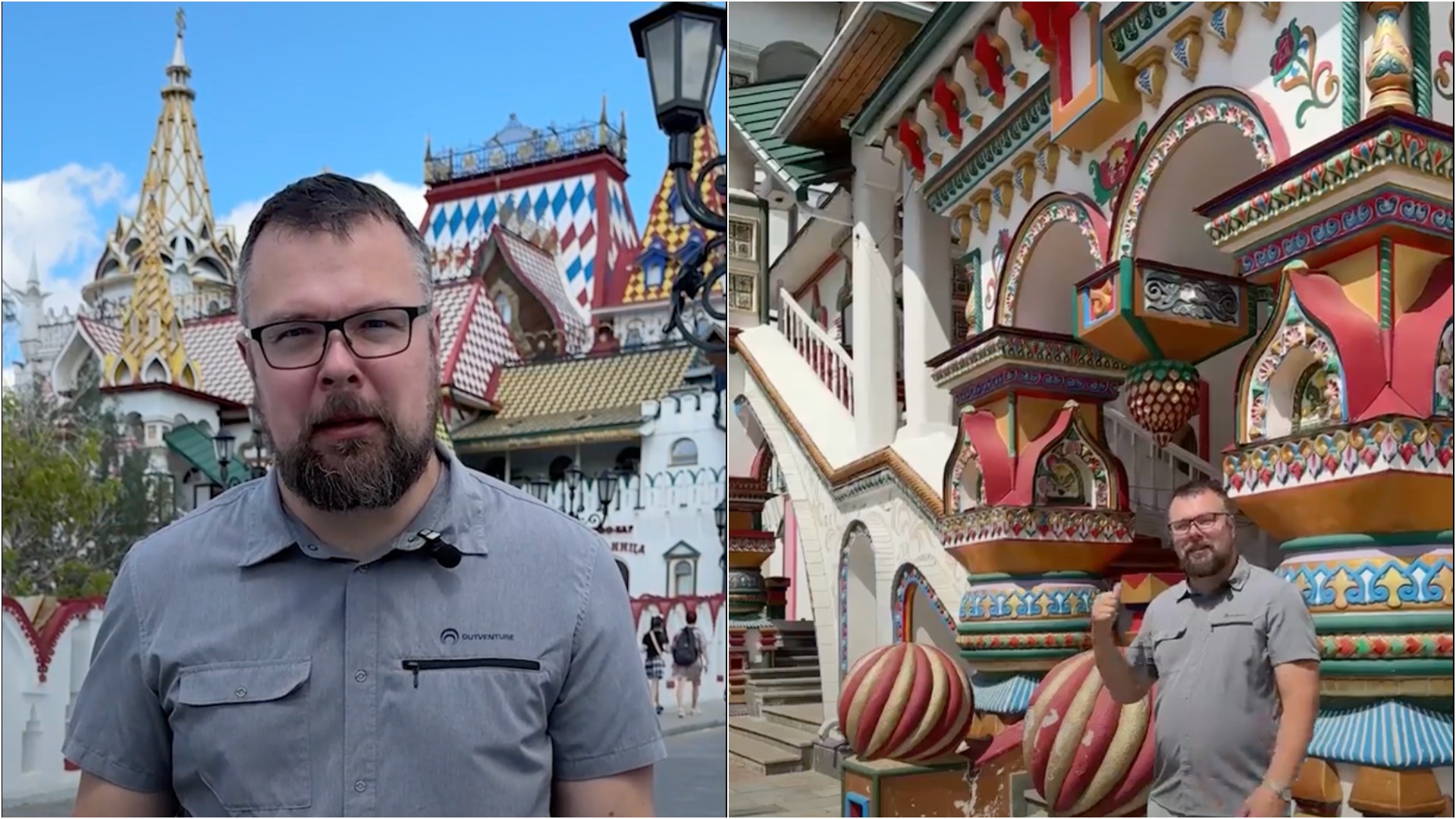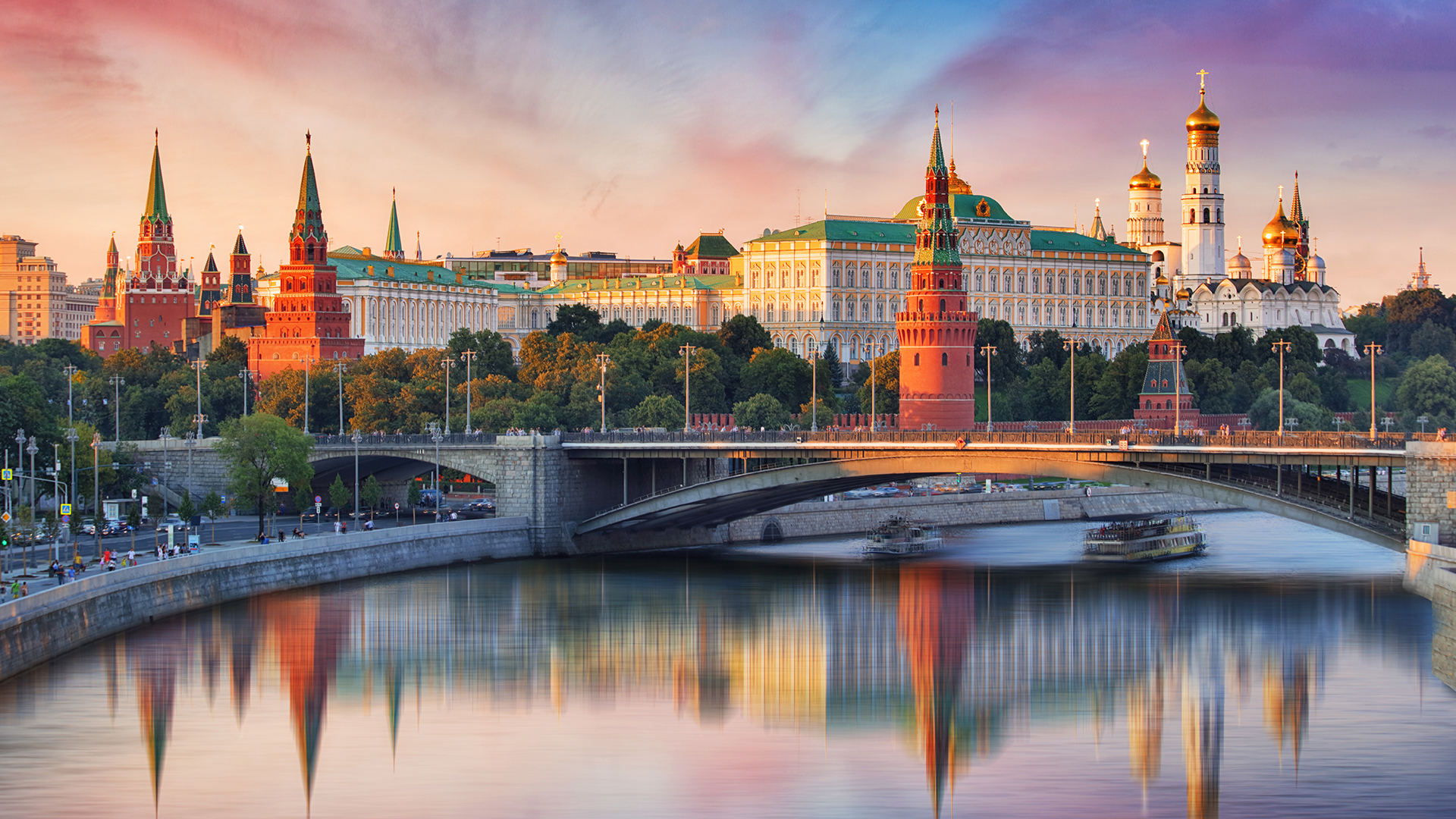
5 things to do at the Moscow Planetarium (PHOTOS)

1 Staring at a starry sky

The first planetarium in Russia was designed by architects Mikhail Barshch and Mikhail Sinyavsky in the constructivist style. It became the 13th in the world: most planetariums at that time were located in Germany, with one in Italy and one in Austria. Special equipment for the Soviet planetarium was purchased from the Zeiss company, with the help of which the image of the starry sky was projected onto the dome.
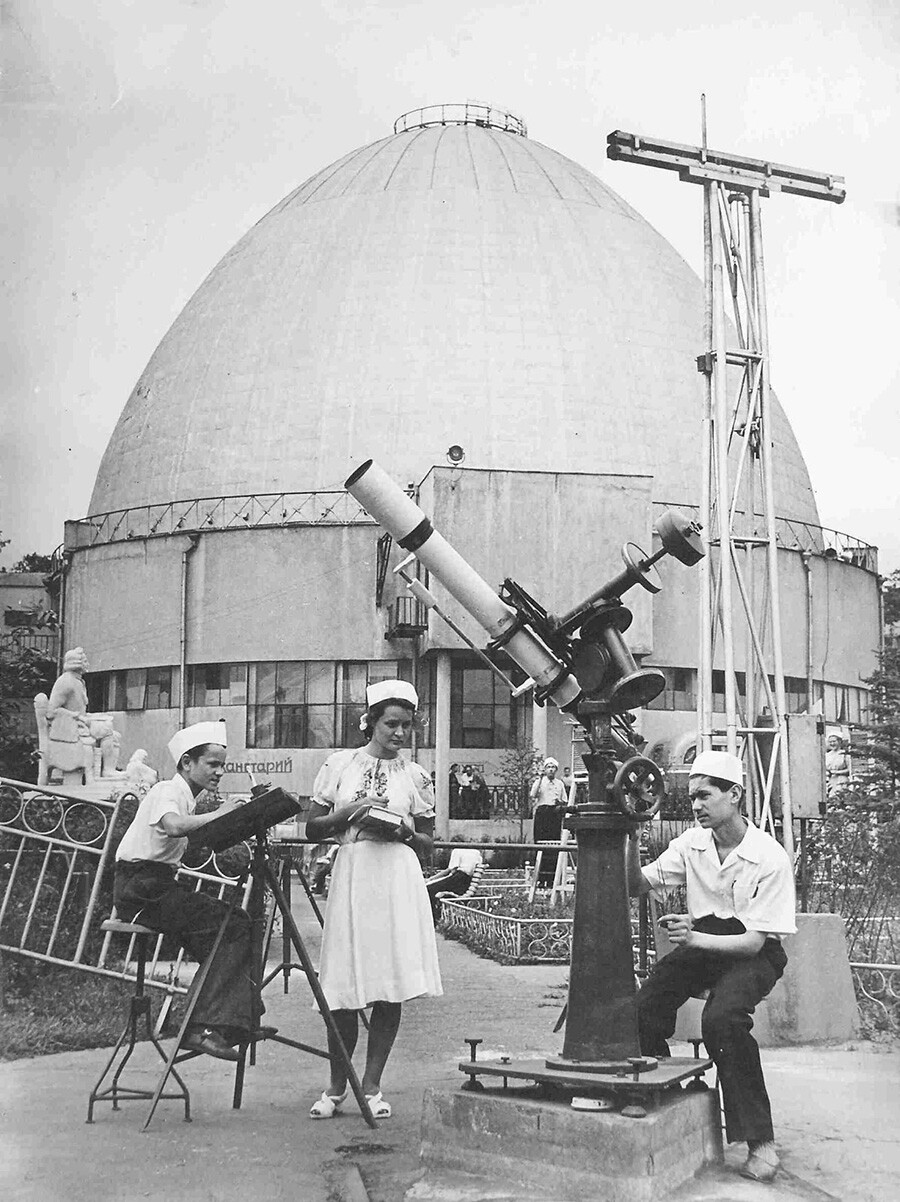
One of the first visitors, writer Konstantin Paustovsky, noticed that it looked unnatural: the stars shone equally bright. Soviet designers decided to improve the device and managed to bring the sky “to life”. In 1934, the celestial bodies began to twinkle, clouds floated across the dome, a comet flew by and actual solar and lunar eclipses occurred. Until the late 1950s, there were no similar systems anywhere else.
Today, more than 9,000 celestial bodies can be seen in its starry sky.
2 Take a walk through the Sky Park

This area is a mix between an open-air museum and an observatory. It houses a variety of instruments for stargazing. For example, a sundial, globes, a polar umbrella (astronomical umbrella) and the Moscow meridian. And there is also an ‘Earth – Moon’ model, which allows you to understand the location of these two celestial bodies in space. If everything is clear with our globe, then finding the Moon will take some time, because the model of it is on the roof of a neighboring house!
3 Watch the stars through a telescope

There is a 300-millimeter telescope in the Great Observatory of the planetarium – the largest in Moscow and is available for everyone. With its help, it is possible to observe the stars in warm seasons and clear weather.
4 Watch a full-dome movie

Meanwhile, you can go on a real space journey in the Great Star Hall. Its huge dome with a diameter of 25 meters turns into a movie screen, on which films about the planets of the solar system and our universe are projected.
5 Touch meteorites

In the Urania Museum, you can see what the Earth, Moon, Mars and Venus look like, study soil samples from distant planets and even touch real meteorites! There are over 100 of them in the planetarium's collection, including rare rocks from the Moon and Mars. The largest exhibit – a fragment of the Seimchan meteorite – weighs 1,652 kg. It is believed that it grants wishes – you just need to touch it.
For those who dream of becoming an explorer of space or Earth, it is worth visiting the Lunarium Museum. There, with the help of special devices, you can launch a tsunami, create a tornado or earthquake, try your hand at controlling a space station, fight virtual asteroids and find out your weight on the Moon or Mars. You will also find the largest Foucault pendulum in Russia, which proves that the Earth rotates around its axis.


